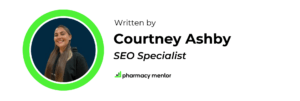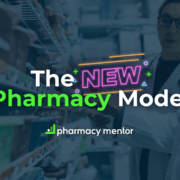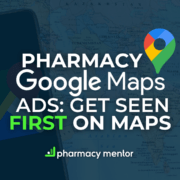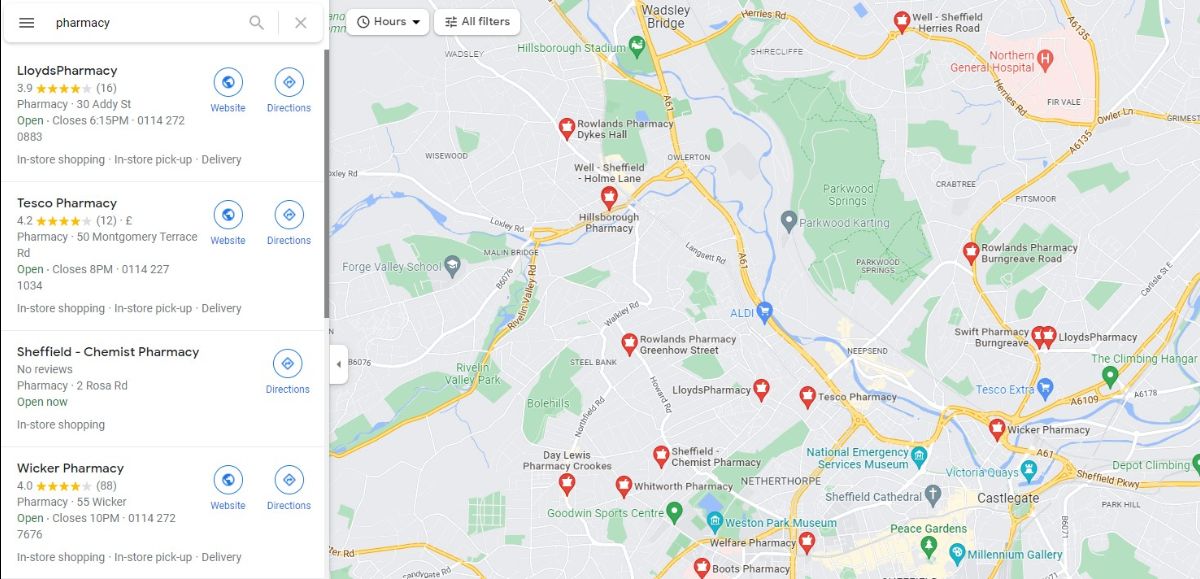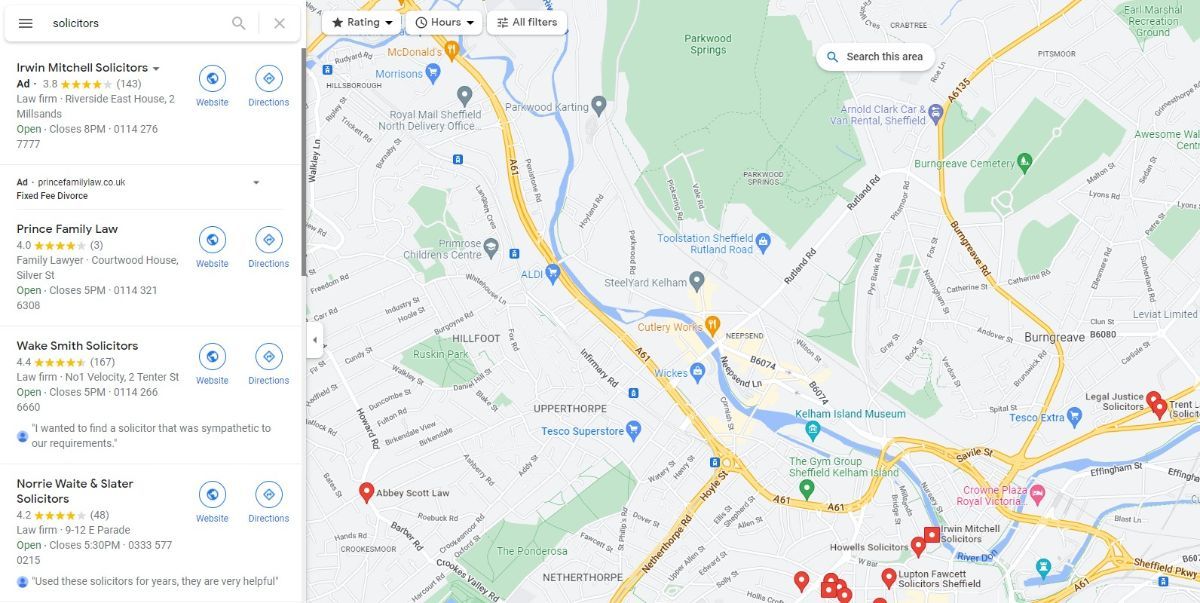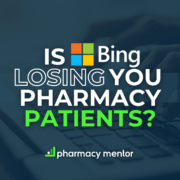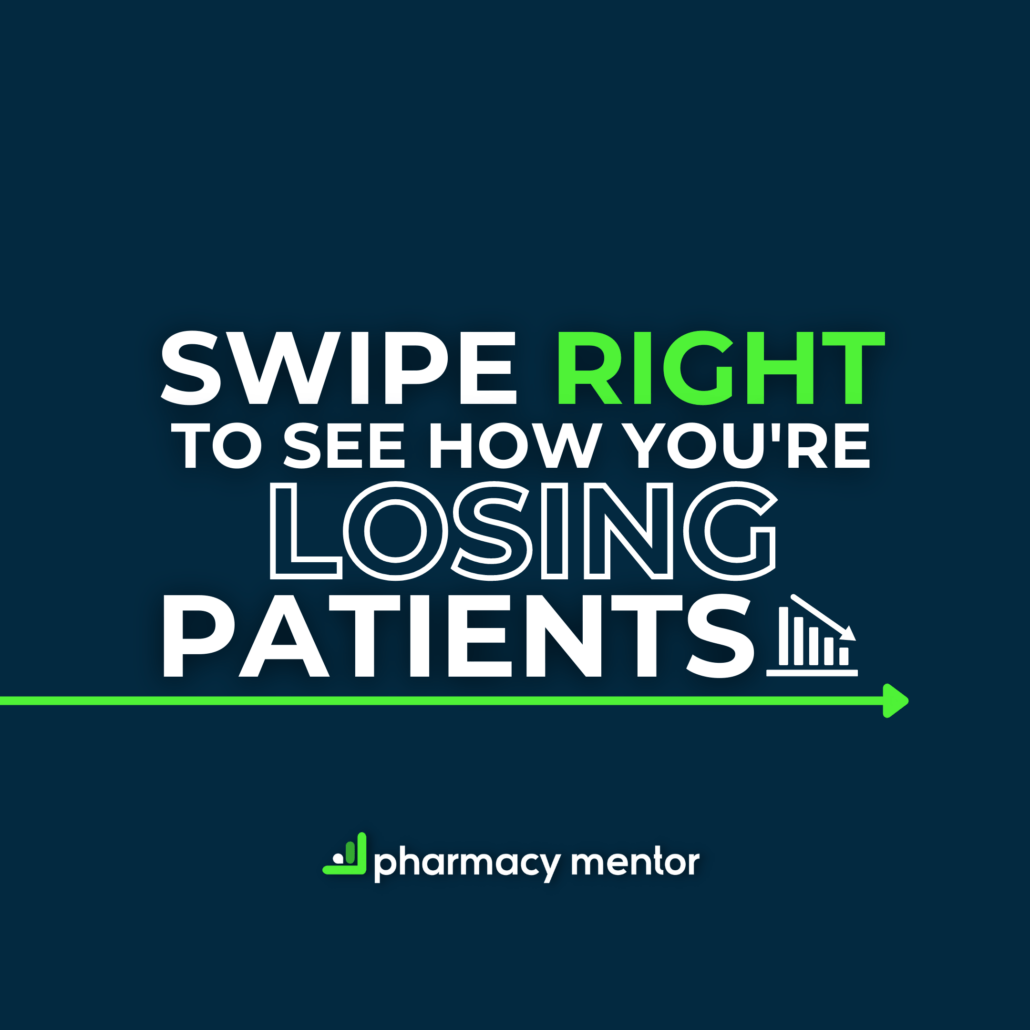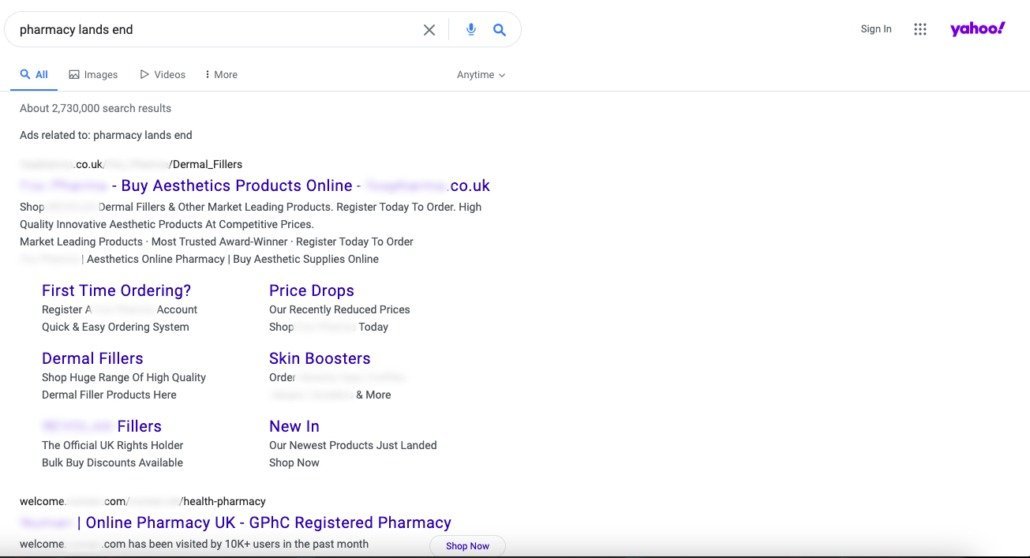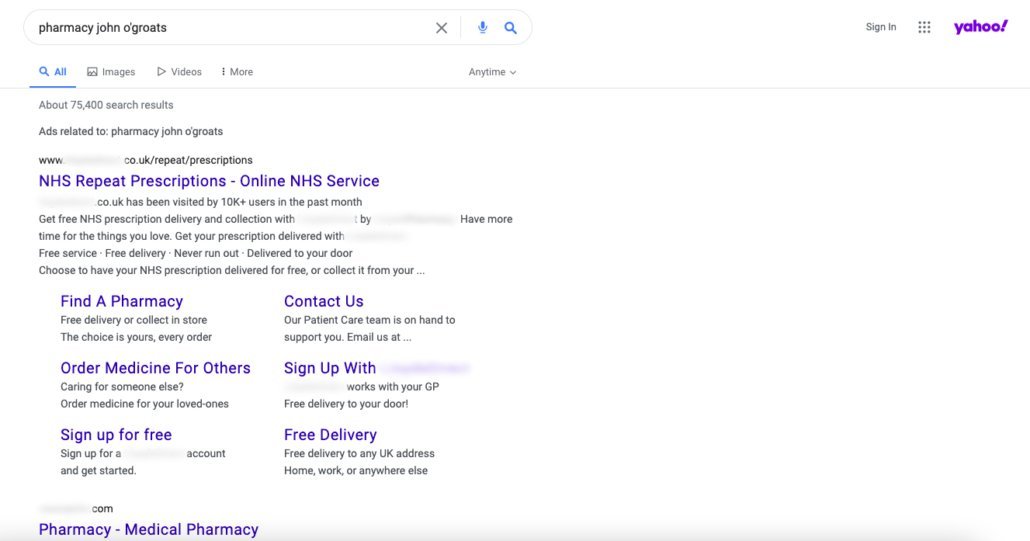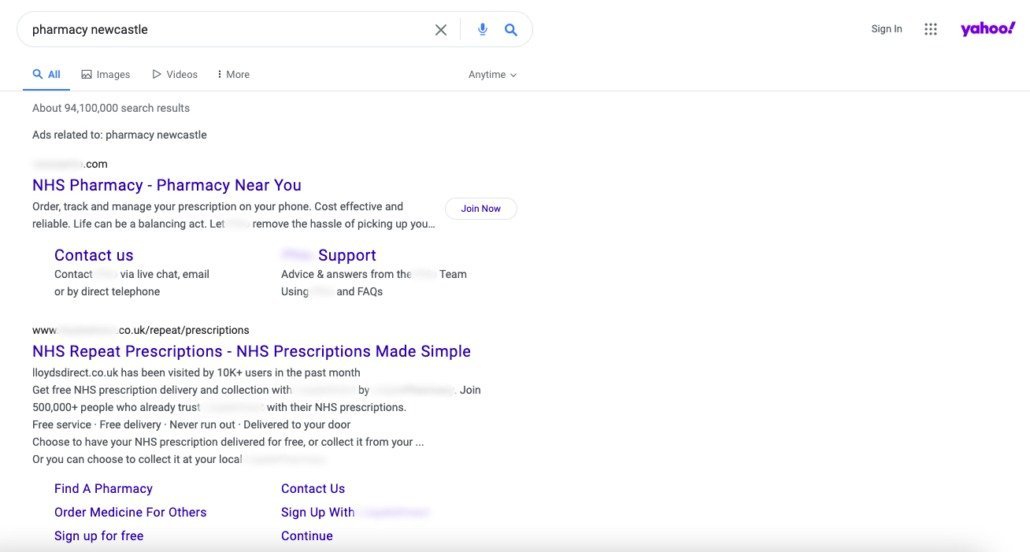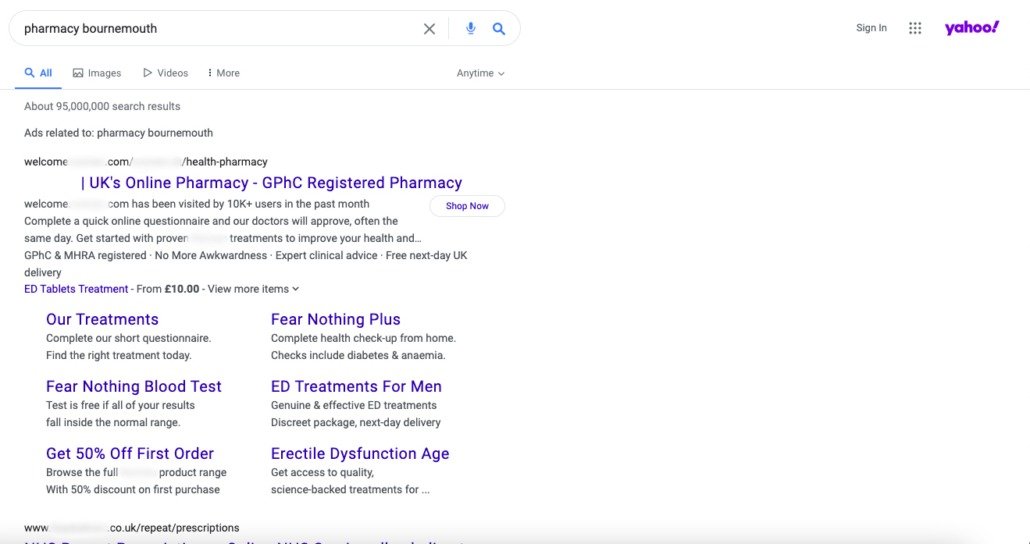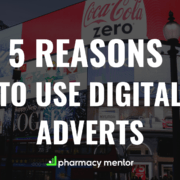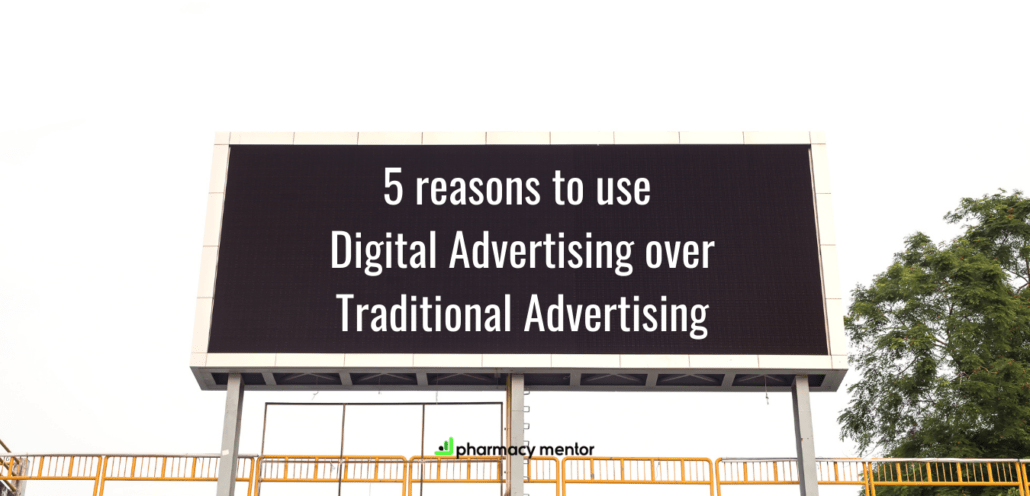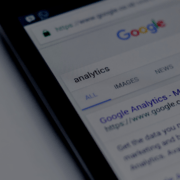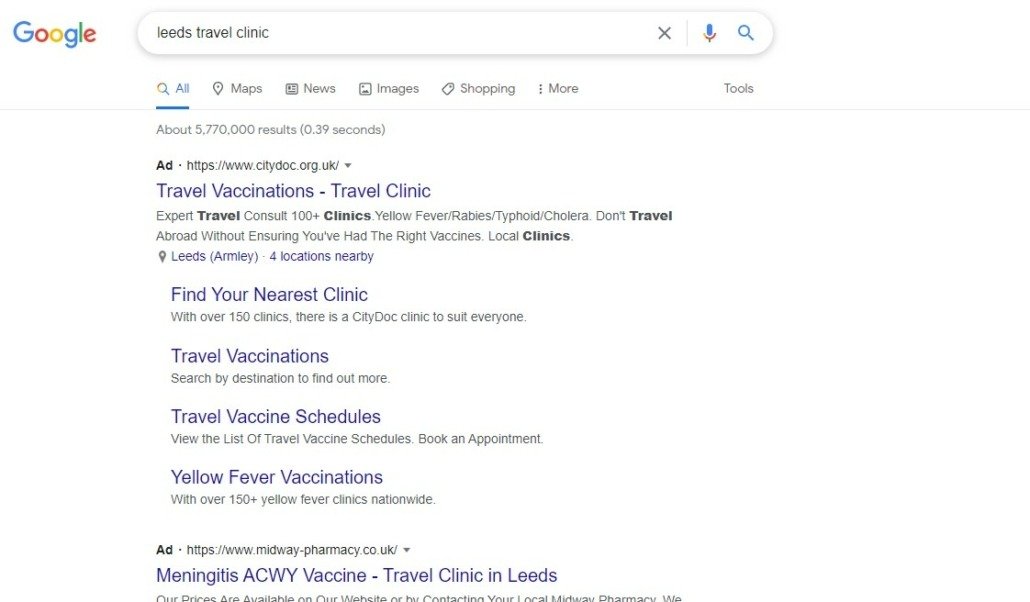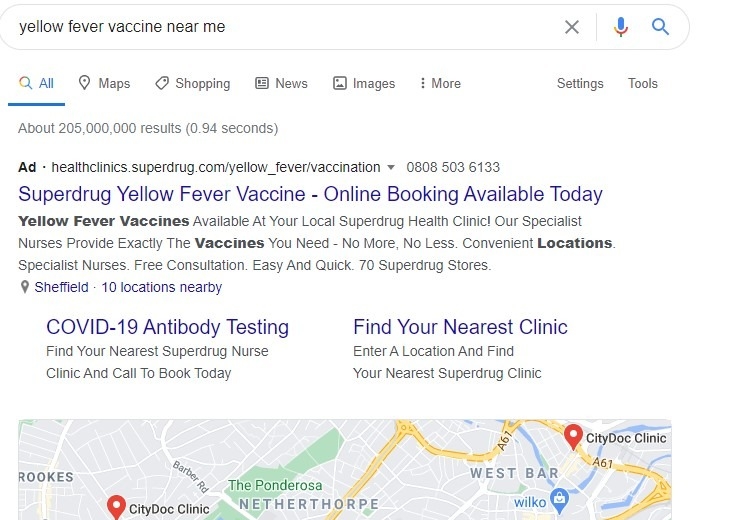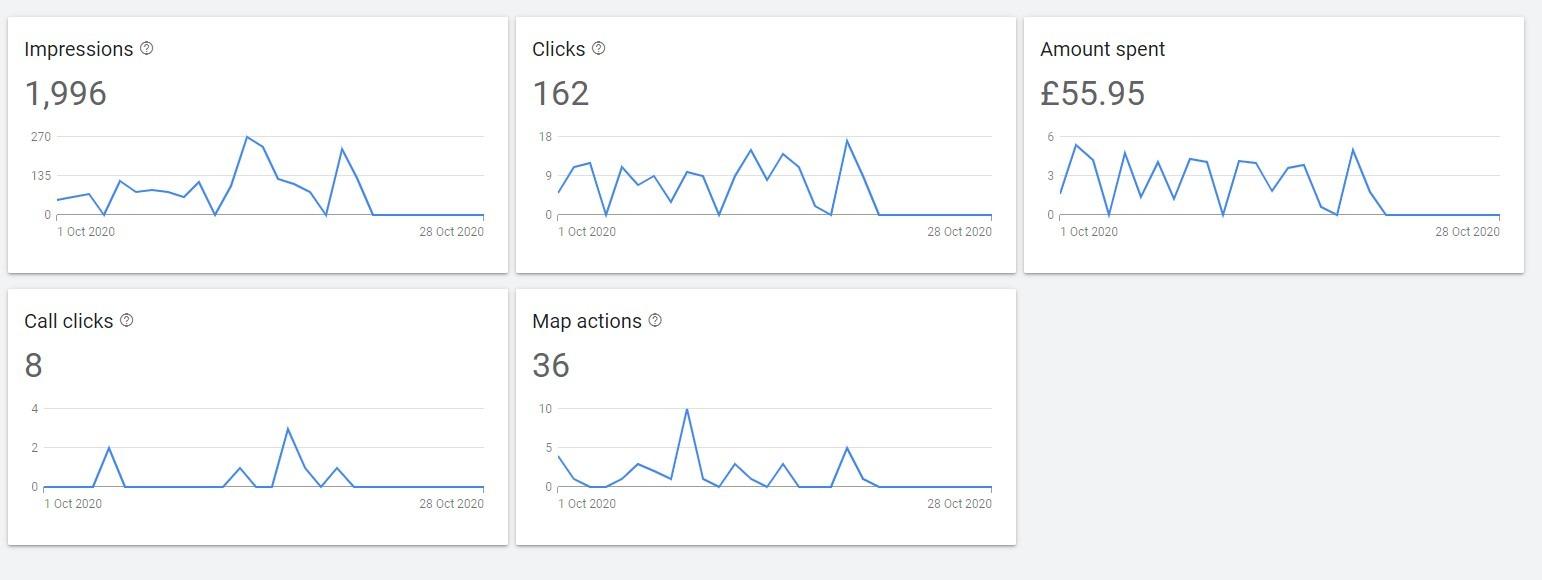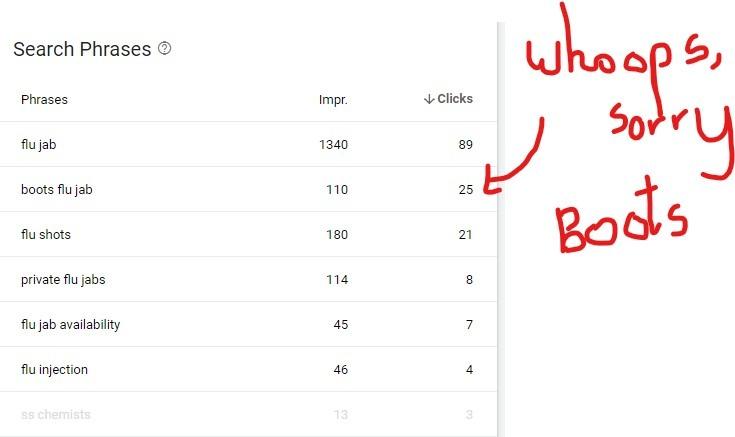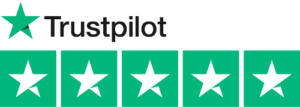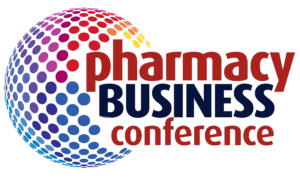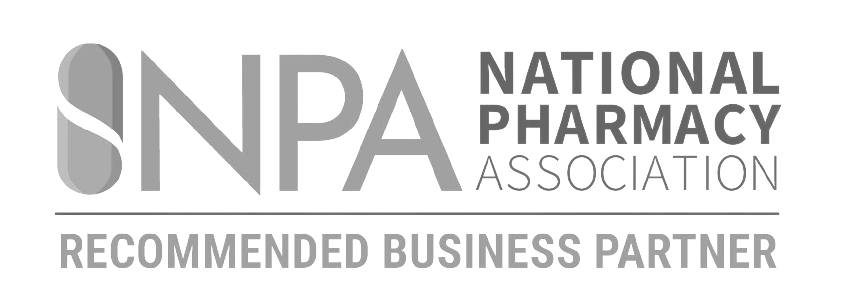The New Pharmacy Model
Pharmacies in the United Kingdom are undergoing a profound transformation. Gone are the days of simply dispensing medicine from the back of the pharmacy. The emergence of new compliance standards and regulations, alongside advancements in technology and a shift towards more patient-centric care, has paved the way for what can be aptly termed as “The New Pharmacy Model”.
This model, envisioned by our CEO, Saam Ali, encompasses a comprehensive approach to pharmacy spanning four key pillars: products and services, marketing and sales strategies, operational enhancements, and human resources development.
Take a look at the infographic below, which we’ve developed, that showcases The New Pharmacy Model in the industry. Let’s delve deeper into its intricacies.
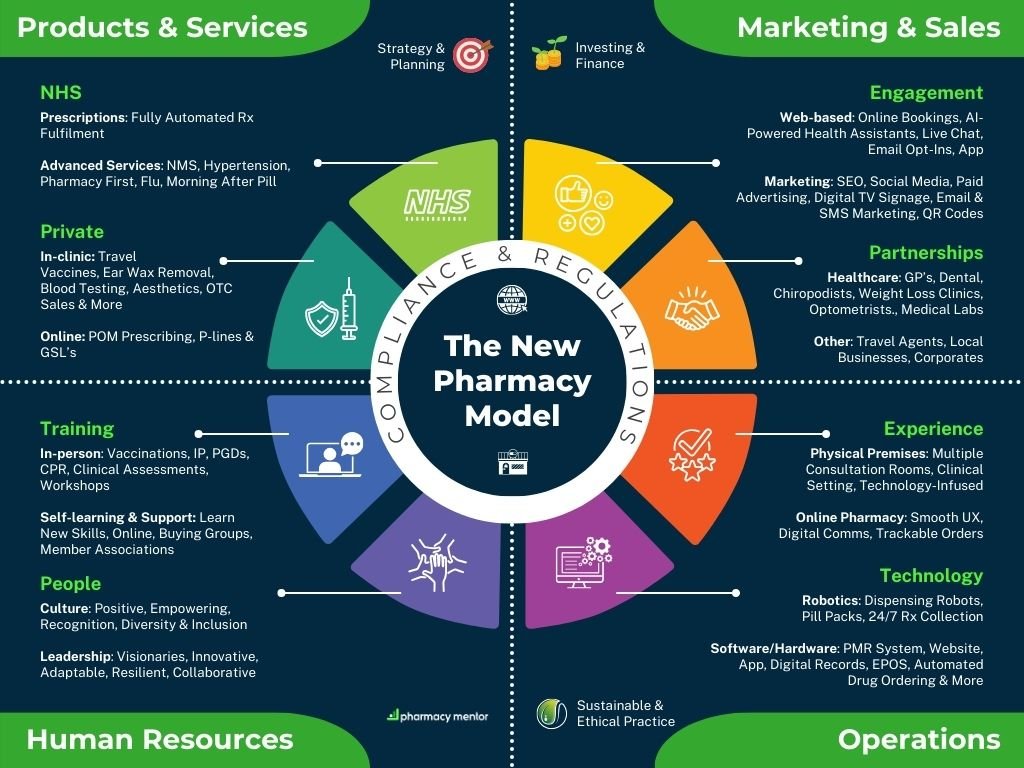
The New Pharmacy Model, as depicted by our CEO and Founder
Products & Services
NHS Services: Pharmacies are at the forefront of providing essential NHS services, with a primary focus on prescription fulfilment. The integration of fully automated prescription fulfilment systems has streamlined the process, ensuring accuracy and efficiency. Additionally, pharmacies offer advanced services such as New Medicine Service (NMS), hypertension management, Pharmacy First consultations, flu vaccinations, and access to emergency contraception like the Morning After Pill.
Private Services: Expanding beyond NHS services, pharmacies now offer a plethora of private services under the same roof. These include travel vaccinations, ear wax removal, blood testing, aesthetics procedures, and over-the-counter (OTC) sales of various healthcare products and supplements, catering to diverse consumer needs. In the New Pharmacy Model, the pharmacy is a true health hub in the community.
Online Services: The digital era has ushered in a new era of accessibility and convenience. Pharmacies now offer online prescribing services allowing independent prescribers to sell prescription-only medication (POM), pharmacy-only medicines (P-lines), and General Sales List (GSL) items safely and securely online.
Marketing & Sales
Engagement Strategies: Utilising web-based platforms, pharmacies engage with customers through online bookings, AI-powered health assistants, live chat support, email opt-ins, and dedicated mobile applications, ensuring seamless communication and accessibility.
Marketing Channels: To amplify their reach, pharmacies employ a mix of marketing channels including search engine optimisation (SEO), social media engagement, Google and Meta advertising, digital TV signage, email and SMS marketing, and innovative strategies like QR codes to enhance customer engagement and retention.
Partnerships
Healthcare Collaborations: Pharmacies are now forging strategic partnerships with healthcare providers including general practitioners (GPs), dental clinics, chiropodists, weight loss clinics, optometrists, and medical labs to offer comprehensive and integrated healthcare solutions.
Other Collaborations: Beyond healthcare, pharmacies collaborate with travel agents, local businesses, and corporate entities to extend their services and cater to diverse consumer needs.
Operations
Enhanced Experience: Pharmacies invest in enhancing the customer experience by providing physical premises with multiple consultation rooms designed in a clinical setting. Additionally, technology infusion ensures a seamless and efficient service delivery.
Online Pharmacy: In response to evolving consumer preferences, pharmacies offer online platforms with a smooth user experience (UX), digital communications, and trackable order systems to cater to the growing demand for digital healthcare solutions.
Technology Integration: Robotics play a pivotal role in pharmacy operations with dispensing robots, pill packs, and 24/7 prescription collection systems ensuring accuracy, efficiency, and round-the-clock service. Additionally, pharmacies leverage software and hardware solutions including Pharmacy Management Systems (PMR), websites, apps, digital records, Electronic Point of Sale (EPOS) systems, and automated drug ordering systems to streamline operations.
Human Resources
Training Programs: Pharmacies invest in comprehensive training programs encompassing in-person sessions covering vaccinations, independent prescribing (IP), Patient Group Directions (PGDs), CPR training, clinical assessments, and workshops to ensure staff competency and compliance.
Continuous Learning and Support: Recognising the importance of ongoing learning, pharmacies offer self-learning modules and support mechanisms through online platforms, buying groups, and membership associations to empower their workforce with new skills and knowledge.
People-Centric Culture: Pharmacies foster a positive and inclusive work culture that emphasises recognition, diversity, and inclusion, creating an empowering environment for their employees. This is key for pharmacy growth and has been neglected in the old model.
Leadership Attributes: Leaders embody visionary, innovative, adaptable, resilient, and collaborative traits, steering their pharmacy organisations through dynamic healthcare landscapes and driving positive change.
Embrace Change
The New Pharmacy Model represents a huge shift in how pharmacies operate and interact with their patients and customers. By embracing technological advancements, expanding service offerings, forging strategic partnerships, optimising operations, and nurturing their human resources, pharmacies are not just adapting to change but leading the way towards a more integrated and patient-centric healthcare ecosystem in the United Kingdom.
At Pharmacy Mentor, we’re playing a crucial role in helping pharmacies adapt to the New Model. Our marketing and development solutions help with two of the big pillars in this model in a variety of ways. If you’re keen on understanding how we can help you, please get in touch with us. Our team of experts have helped 1000’s of pharmacies embrace new solutions and engage with their audiences better.
Contact Us